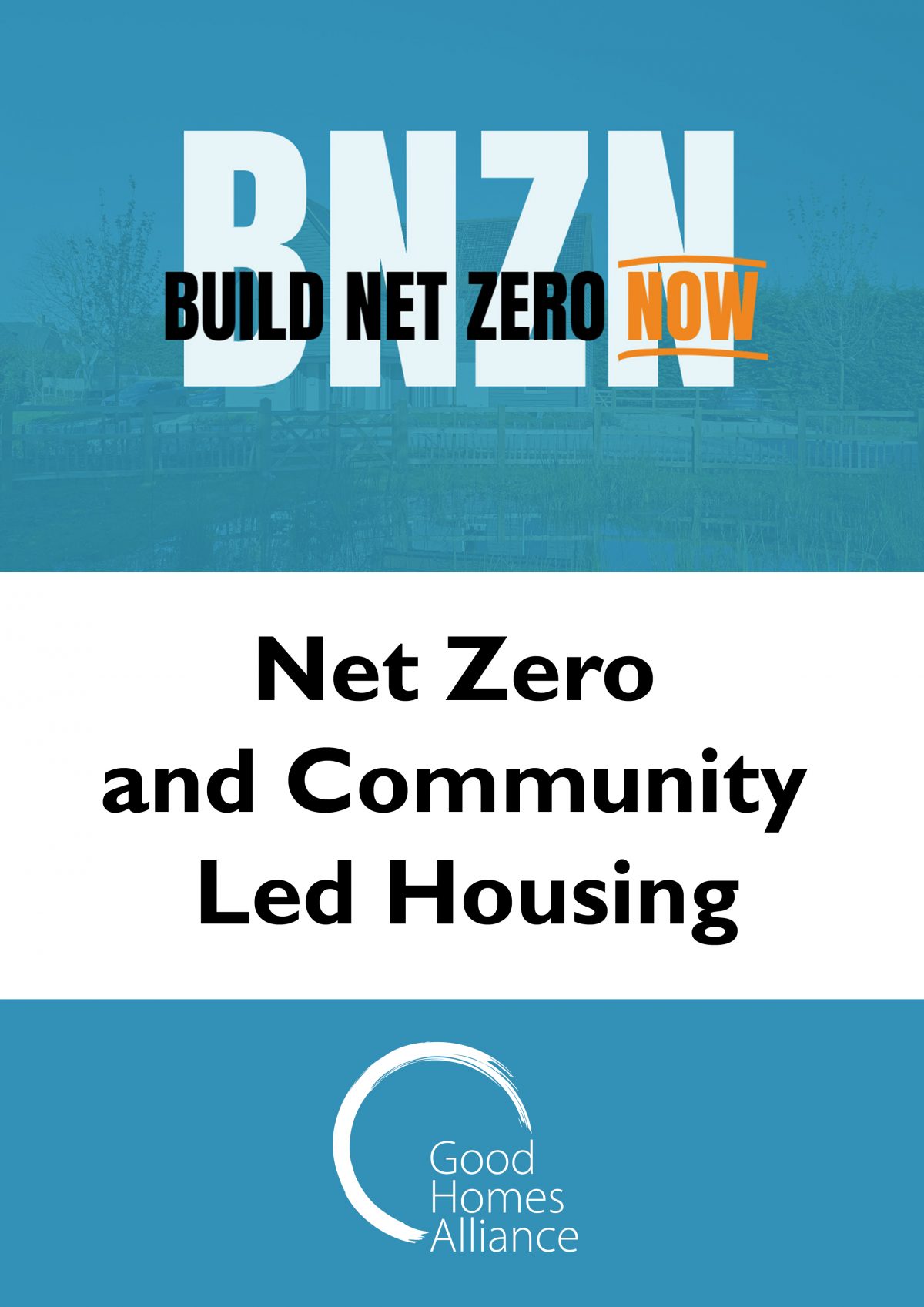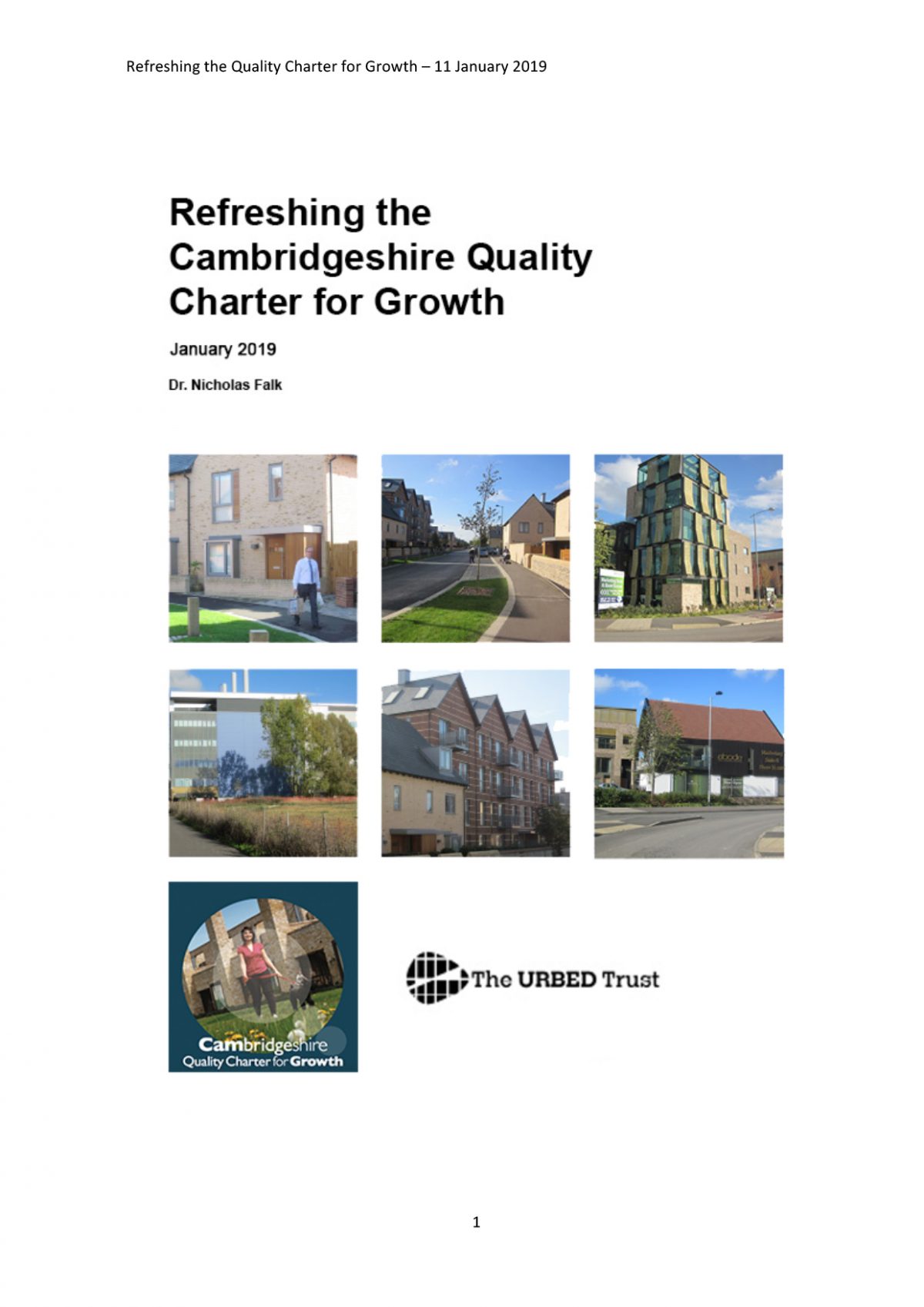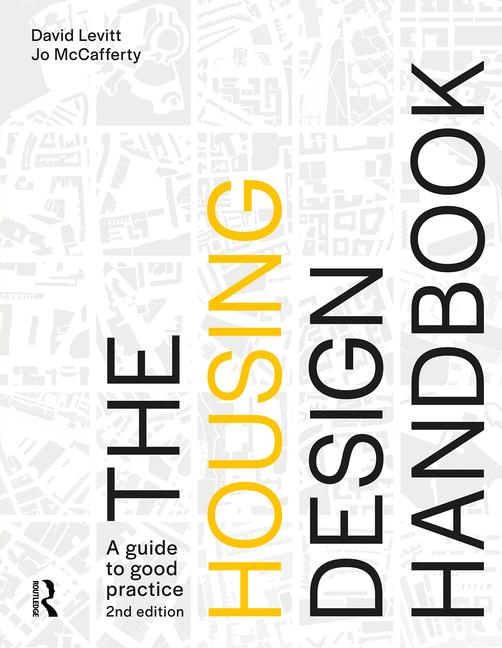Event summary
Despite the benefits of community-led housing, the sector in the UK remains small compared to other countries in Europe and North America, currently delivering less than 0.3% of total housing output.
Past government initiatives have sought to increase uptake, but the original £163m Community Housing Fund closed at the end of 2019 with only a fraction allocated. However, a new £4 million programme launched in 2021, managed by the Community Led Homes (CLH) partnership, will see more than 1,200 new affordable homes delivered across the UK.
How does the community led housing mission align with the net zero agenda? We’ll hear from organisations pushing the boundaries in terms of both community and low energy aspirations.
Download content available for Good Homes Alliance members only.
If you are a GHA member, please Log In or Sign Up for an account.
See our list of members and find out more about membership.
If you have any queries, please contact richard@goodhomes.org.uk.




